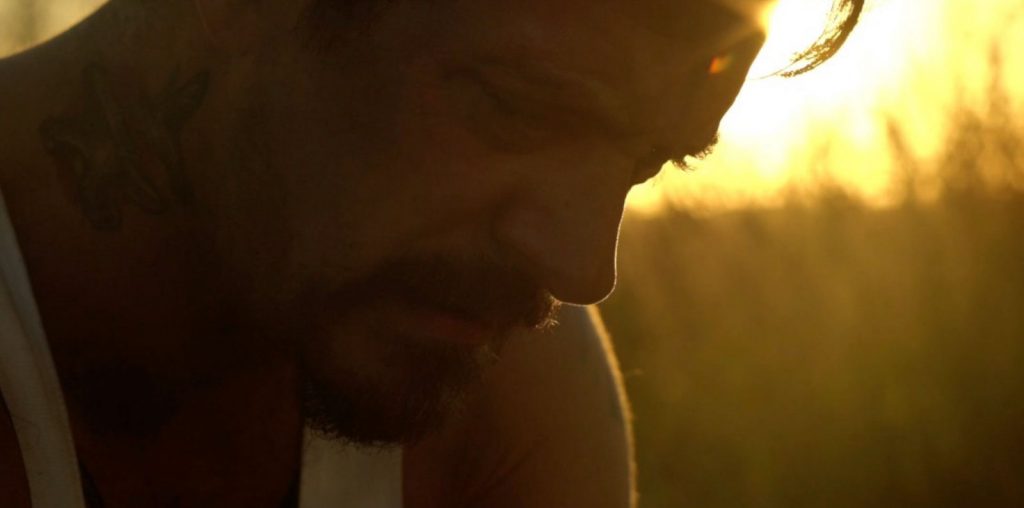
“Odessa is losing itself,” says an older, unemployed man as he looks through the photo albums of a cluttered house. But Michale Boganim’s “Odessa Odessa” finds and documents the now-scattered Jewish population of the Ukranian town in his documentary portrait of people who may have changed their location but can’t change their home. The fascinating film’s camera travels curiously through the side streets of the original town and two locations heavily populated with its emigrants, New York and Israel, while it observes the shifts and constants in the identities of different people who share a home town.
In the first 20 minutes, Odessa is shown with its blue and gray streets, which are empty in the morning, save for the occasional passerby or street sweeper. The film enters different residents’ lives and then moves on to some others, like three women who trade anecdotes and question the validity of their friends’. It passes the buildings, landmarks, including the steps immortalized in Eisenstein’s Battleship Potemkin, and ocean. As time passes, the gray tones on the town and water become golden, and the camera finds itself floating through Brighton Beach in New York City, showing a small outdoor concert celebration that reveals a livelier town. A women there discusses her expectations versus the reality of America. The film also captures some instances of mean-spirited prejudices that the various Odessan immigrants in the town encounter. In Israel, the Odessans find that while they were seen as Jewish in Odessa, there they are seen as Russian. The city is divided into six different nationalities and sects of Judaism that all look down on one another.
The camera traveling through these different towns and lives is distinctively non-documentary style. Well-composed wide shots and slow, fluid movements replace the standard handheld work. The film becomes like a piece of music, and the visual hypnosis of the locations is part of the theme that recurs in new variations.
Music is a constant in all three towns, and provides a motif with changing meaning as the love and nostalgia in the songs gain new meaning. In Odessa, two women sing a lullaby with piano accompaniment, while in another apartment they start a dance, one of them singing “ba ba-dum dum” for accompaniment. In New York, we hear a song about how Brighton Beach is just like Odessa and makes the singer feel at home. In Israel, a tune of nostalgic longing surfaces and intoxicates all the Odessans shown as they sing and/or play it. The film itself is a lyrical poem to the lost places in our past and our heritage. One man notes that his child is Israeli, but he will always be Odessan. But Odessa has already become a little bit of Israel.


